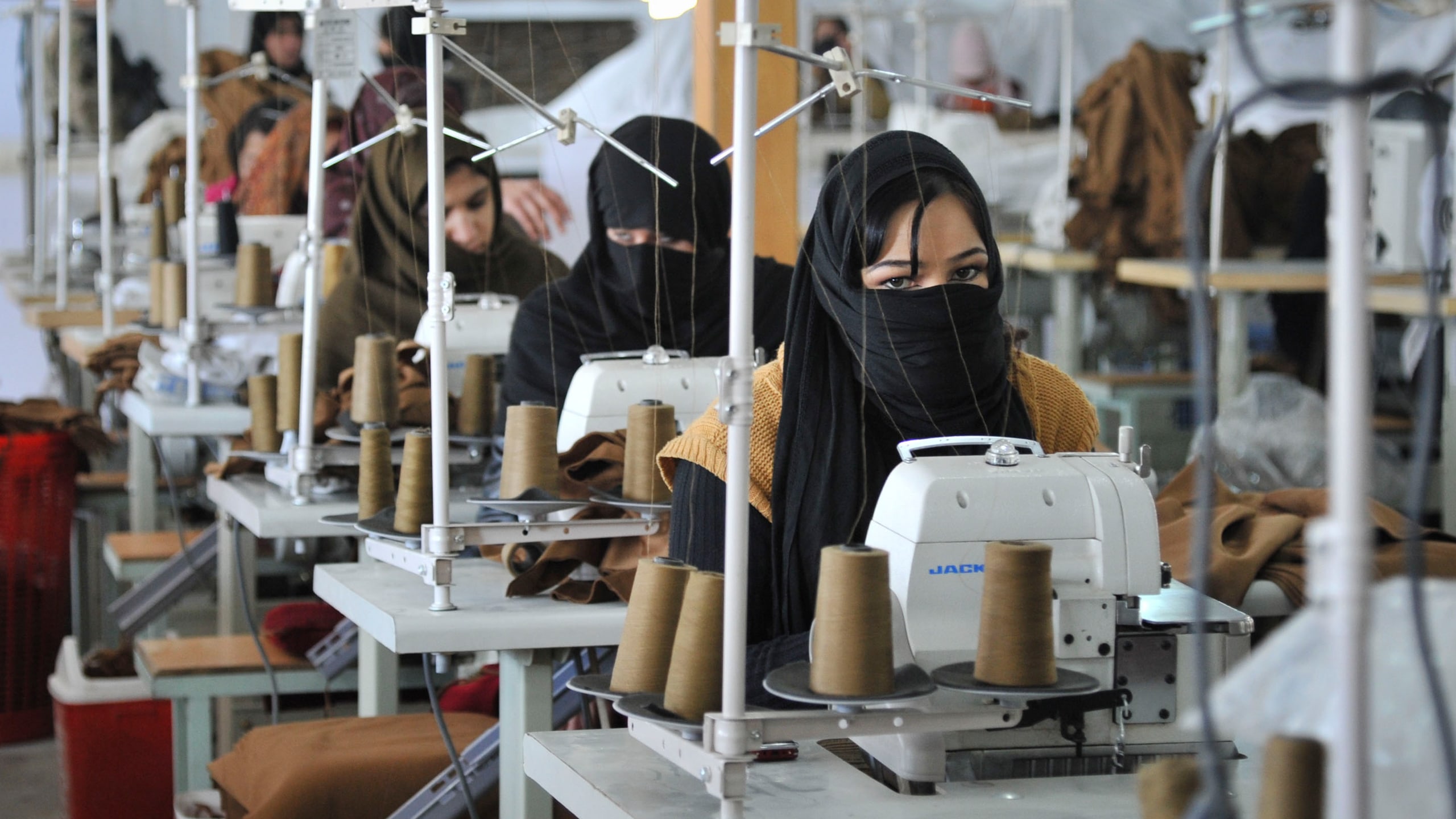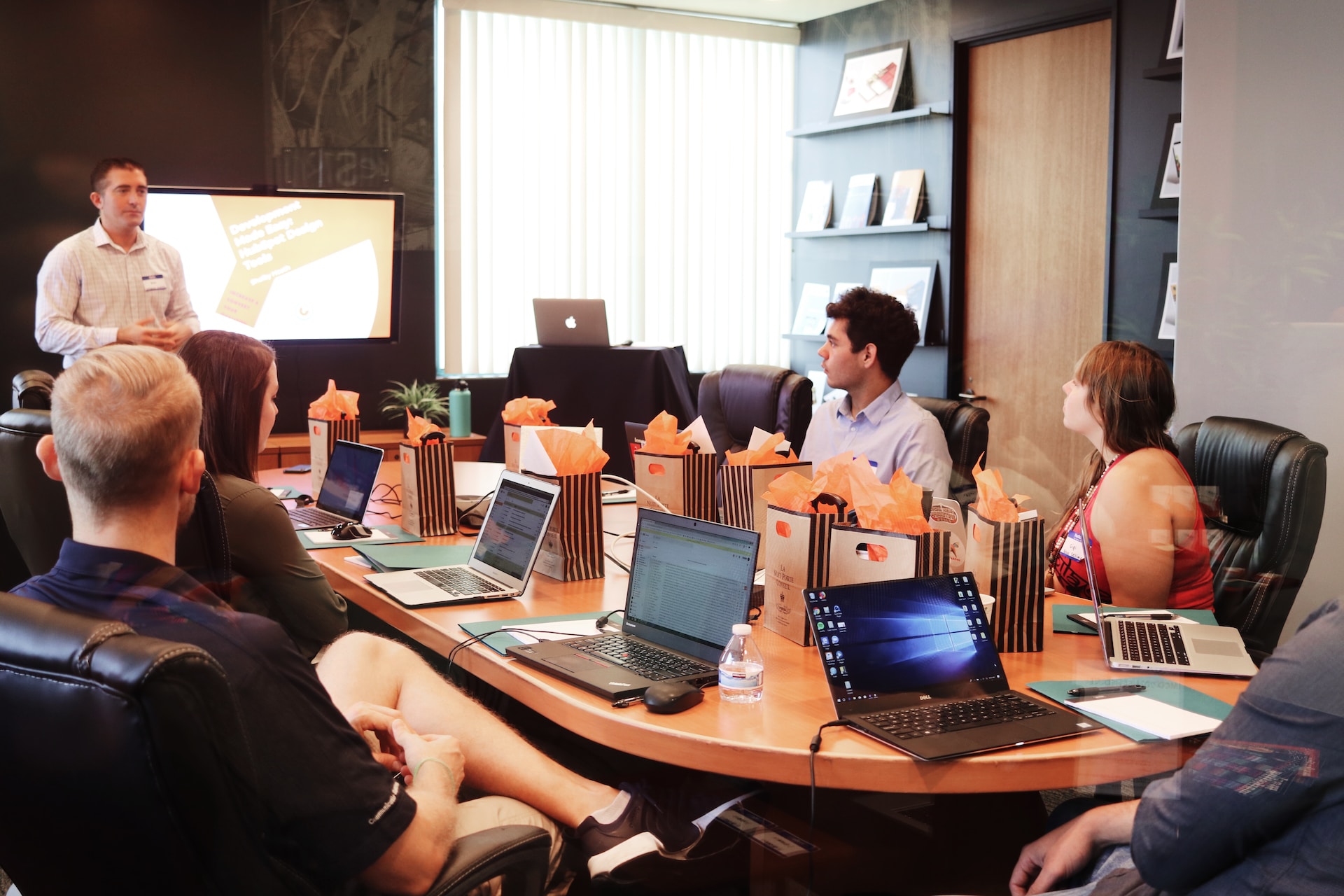In the light of Mckinsey’s insights, here are ten organizational shifts that Textile industry should embrace to thrive in 2023:
- Increase speed and strengthen resilience by adopting agile ways of working, empowering frontline teams, and building a culture of experimentation and learning.
This means that the industry needs to be able to change quickly and keep going when things get tough. They can do this by working in small groups that can make decisions fast, giving more authority and responsibility to the people who are closest to the customers and the problems, and encouraging people to try new things and learn from their successes and failures.
- Find the optimal balance of in-person and remote work by defining clear objectives and outcomes, providing flexibility and choice, and fostering collaboration and belonging.
This means that the industry needs to figure out the best way for their people to work together, whether they are in the same place or in different locations. They can do this by setting clear goals and expectations for what they want to achieve, giving people options and control over how and where they work, and creating a sense of teamwork and connection among their people.
- Leverage AI and automation to augment human capabilities, enhance decision making, and improve efficiency and quality.
This means that the industry needs to use machines and technology to help their people do their work better. They can do this by using AI and automation to do tasks that are repetitive, boring, or risky, to help people make smarter choices based on data and insights, and to make their processes faster, cheaper, and more reliable.
- Enhance employee experience by listening to their needs and preferences, designing personalized journeys, and delivering value at every touchpoint.
This means that the industry needs to make their people feel happy and valued when they work. They can do this by asking their people what they want and need from their work, creating different paths and opportunities for their people based on their interests and goals, and providing things that make them feel good, like rewards, feedback, and fun.
- Address mental health by raising awareness, providing support and resources, and creating a safe and supportive environment.
This means that the industry needs to take care of their people’s emotional well-being. They can do this by educating their people about mental health issues and how to cope with them, offering help and resources for their people who are struggling or need assistance, and making sure their people feel safe and supported in their work environment.
- Promote diversity, equity, and inclusion (DEI) by setting clear goals and metrics, embedding DEI in every aspect of the organization, and holding leaders accountable.
This means that the industry needs to respect and celebrate the differences among their people, like how they look, where they come from, what they believe, and who they love. They can do this by setting specific targets and measures for how diverse, fair, and inclusive they want to be, making sure that DEI is part of everything they do, from hiring to training to decision making, and making leaders responsible for achieving DEI goals.
- Become a purpose-driven organization by articulating a clear and inspiring purpose, aligning strategy and actions with it, and measuring impact.
This means that the industry needs to have a clear reason for why they exist and what good they want to do for themselves and others. They can do this by stating a purpose that motivates their people and attracts their customers, making sure that everything they do is consistent with their purpose, and checking if they are making a positive difference in the world.
- Adopt agile and networked organizational structures by simplifying roles and processes, enabling cross-functional collaboration, and fostering a growth mindset.
This means that the industry needs to have a way of working that lets them adapt quickly and efficiently to changing needs and opportunities. They can do this by having simple rules and clear goals, by allowing people to work with other people who have different skills and ideas, and by encouraging people to learn and grow.
- Form ecosystem partnerships by identifying complementary capabilities, establishing trust and governance, and co-creating value.
This means that the industry needs to work with other organizations who have things that they don’t have, like knowledge, resources, or customers. They can do this by finding out what each partner can offer and what they need, by building trust and rules for how they will work together, and by creating something new together that benefits everyone.
- Embed sustainability by setting ambitious targets, integrating ESG factors into decision making, and engaging stakeholders.
This means that the industry needs to take care of the planet and the people who live on it. They can do this by setting high goals for how they will reduce their impact on the environment and improve their social and ethical performance, by considering ESG factors (environmental, social, and governance) when they make choices, and by involving their people, their customers, and their communities in their sustainability efforts.



